Photos: Giant Chinese Lantern Sculptures Light Up Spokane
This month brings a world of colorful light to Washington
For six weeks every year, Riverfront Park in Spokane, Washington, becomes a brilliantly colored, glowing festival of Chinese culture at the Washington State Chinese Lantern Festival. This year’s event runs through October 30 and has 37 huge lantern displays, together holding more than 12,000 LED light bulbs. The lights reflect off pieces of colored glass, silk and porcelain, creating a bright multihued glow throughout the park at night. This year’s lanterns include a display of pandas, penguins, Kylin (an ancient mythical Chinese beast), plants, fish and more.
Jon Moog, Riverfront Park’s director, told Smithsonian.com that two of his favorite lanterns this year are the Chinese dragon and the porcelain pagoda.
“I’m in awe by the immense scale,” he said. “The pictures simply do not do the lanterns justice. The Chinese Dragon lantern is over 120 feet long, and its head is as large as a compact car. The Porcelain Pagoda towers over 50 feet tall and is lined with over 100,000 pieces of porcelain china, each individually hand tied to form the nine-tower complex. They are really pieces of art come to life.”
The lanterns themselves were built by a team of 23 electricians, designers and engineers, all from Sichuan in China. Each design starts with wire molded into the shape of the lantern, forming a skeletal frame. Lights are then placed inside by the electricians. Next, artisans hand stretch and glue silk over the frames and paint or draw on intricate details.
Last year, nearly 80,000 people came to Spokane to see the spectacle, and this year even more are expected. And it doesn’t just stop at the lanterns—Chinese heritage and culture is celebrated throughout the festival with cultural exhibits and live performances.
“The festival offers our community a rare and personal glimpse of the artistry, customs, and stories of Chinese culture,” Moog said. “It’s an amazing opportunity to learn about another country and its people, and is likely the closest many citizens will have to visiting our neighbor in the East.”
Planning Your Next Trip?
Explore great travel deals
Smithsonian magazine participates in affiliate link advertising programs. If you purchase an item through these links, we receive a commission.
/https://tf-cmsv2-smithsonianmag-media.s3.amazonaws.com/accounts/headshot/JenniferBillock.png)
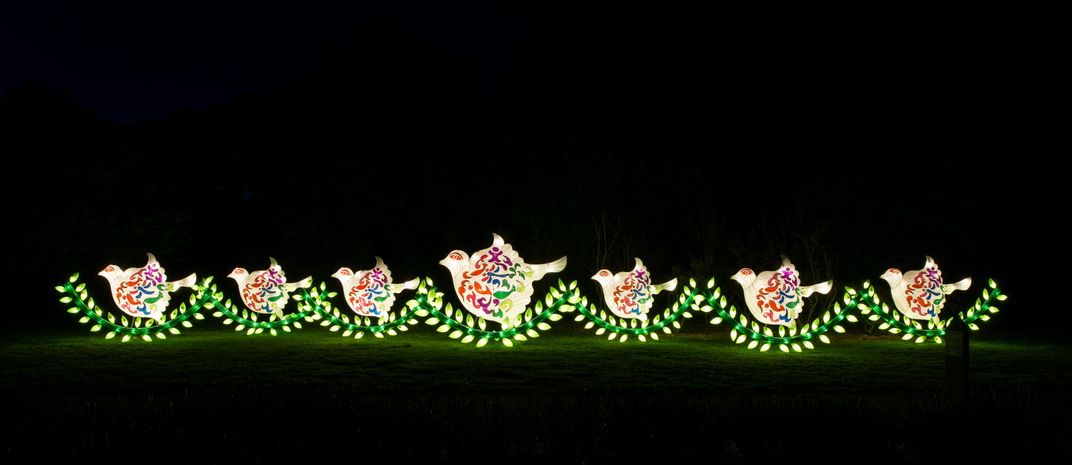

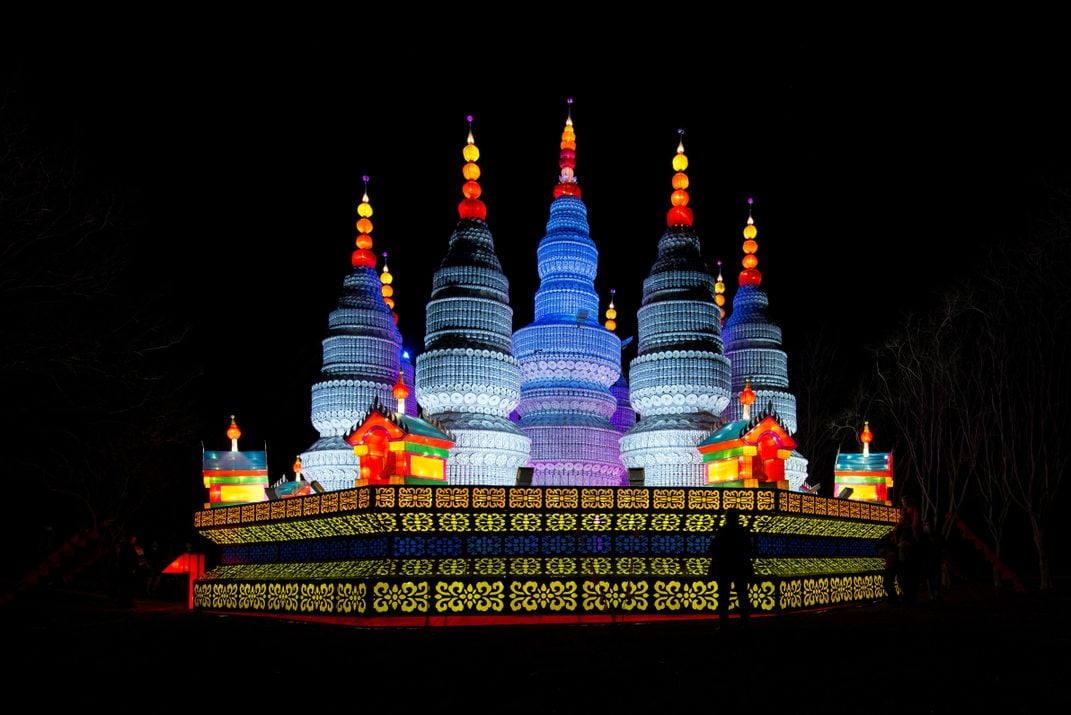

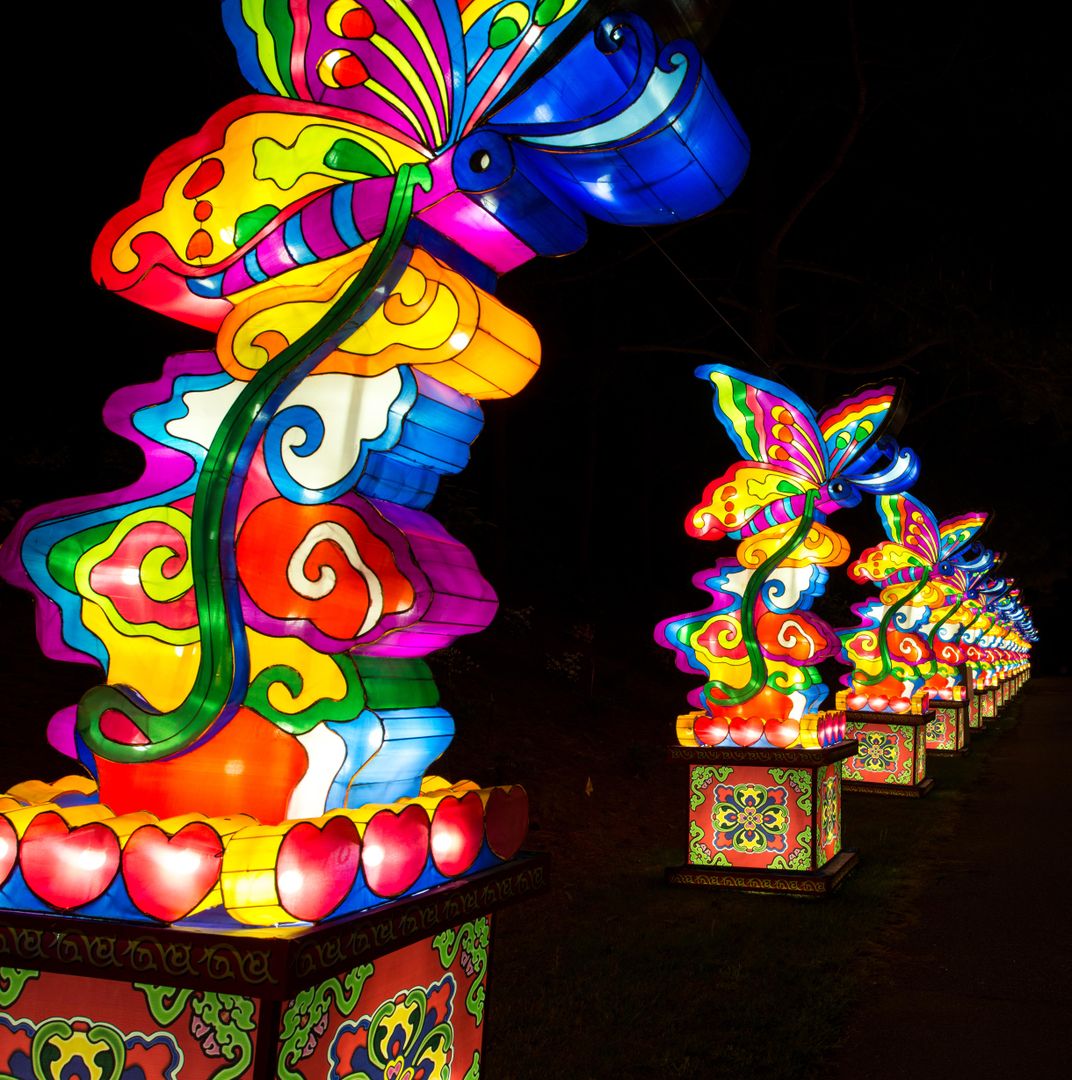
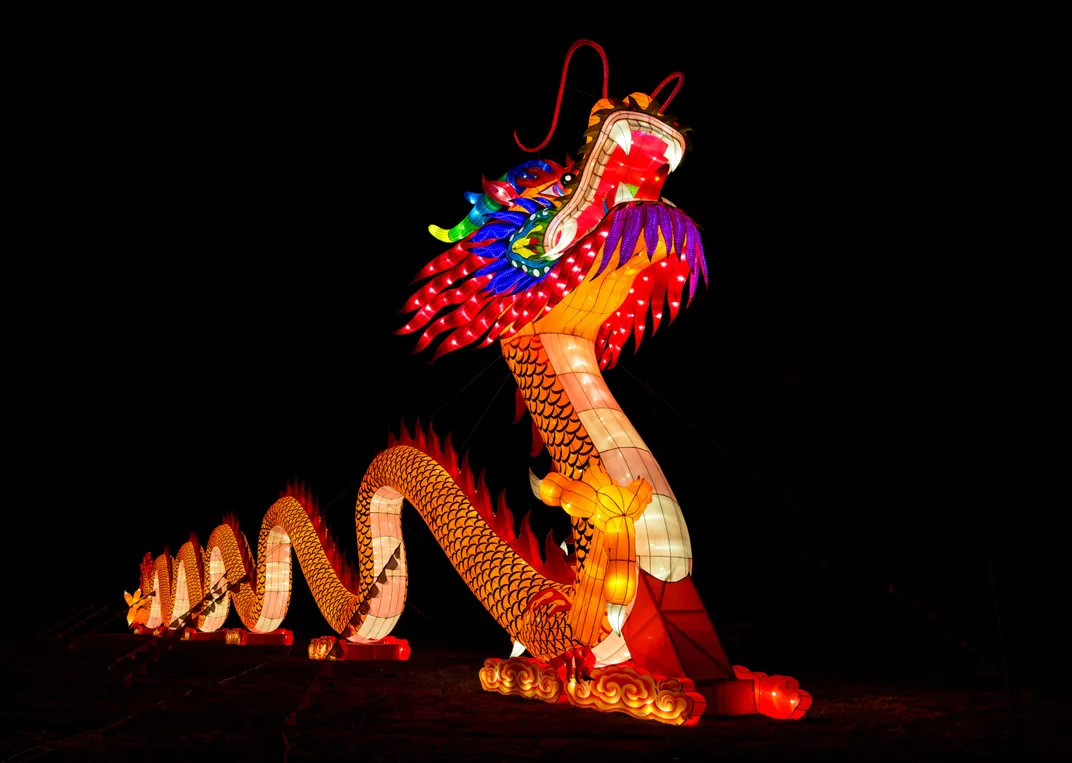
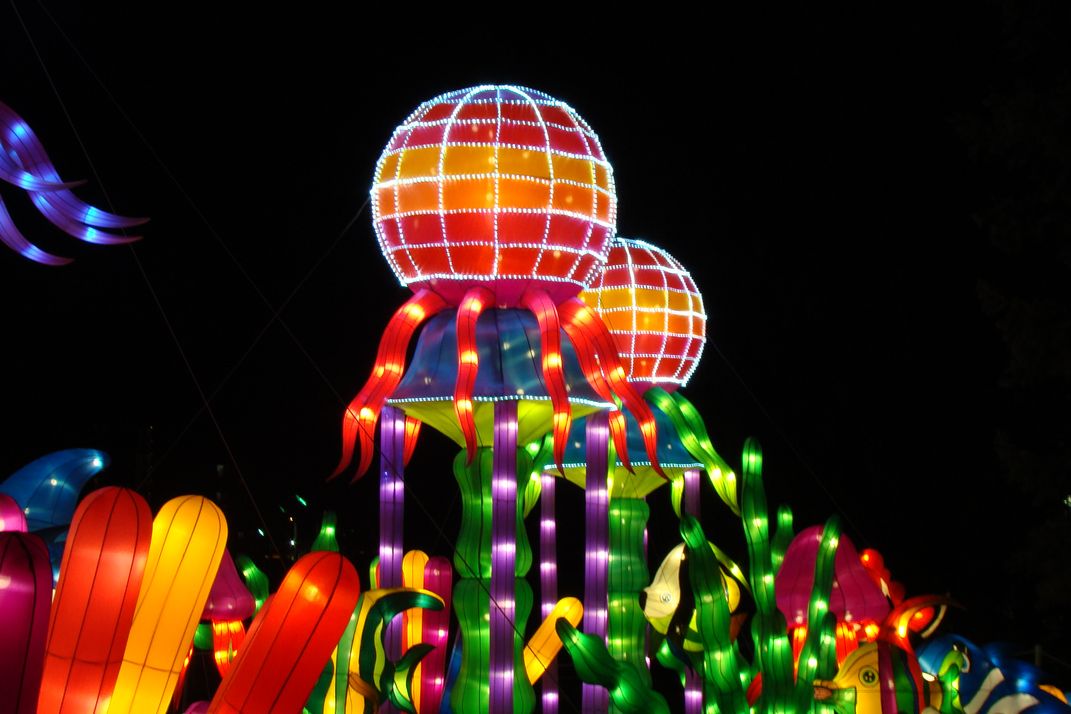
/https://tf-cmsv2-smithsonianmag-media.s3.amazonaws.com/accounts/headshot/JenniferBillock.png)